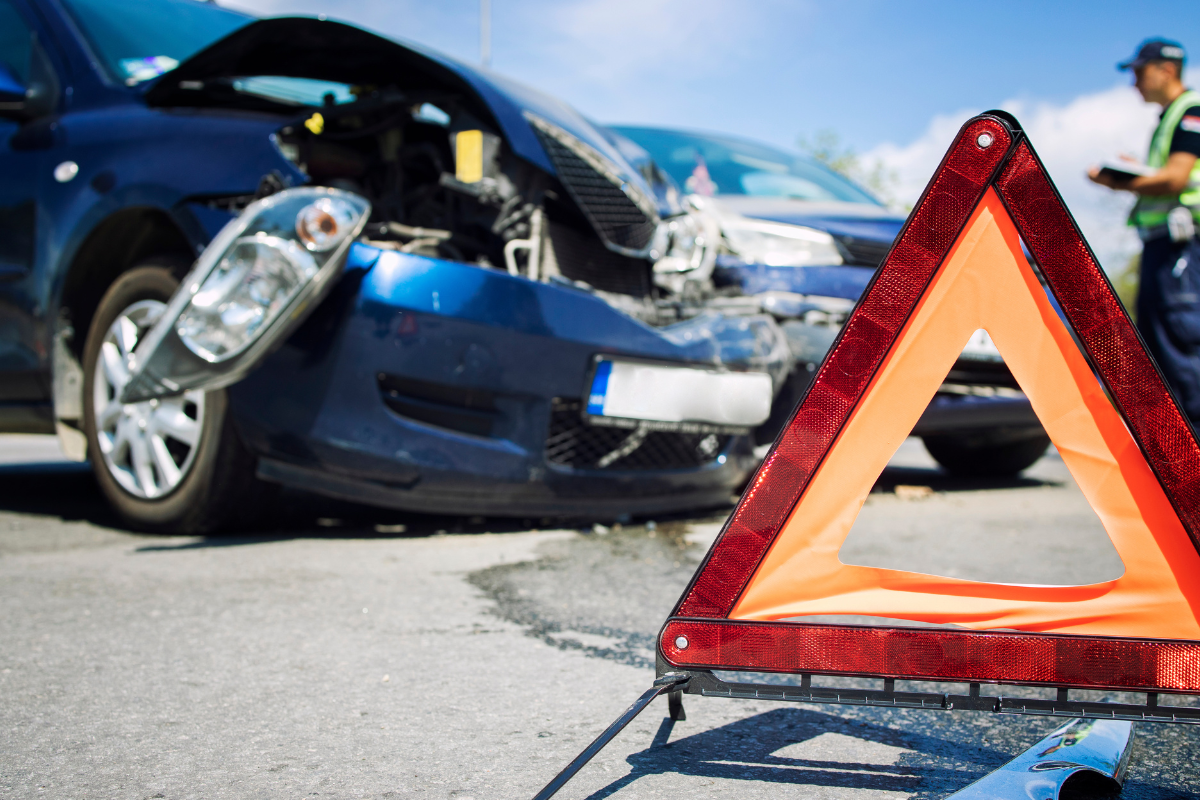Understanding the reasons behind car accidents in certain locations, from heavy traffic to poor road design, is crucial. This knowledge empowers drivers to exercise caution and avoid collisions. For instance, information from the National Highway Traffic Safety Administration (NHTSA) reports that intersections are the site of nearly 40% of all car accidents in the United States.
Similarly, highways, where speeding and reckless driving contribute to many crashes, can be navigated more safely with this understanding. Most car accident lawyers, such as the car accident attorneys at Nicolet Law, emphasize the importance of awareness and defensive driving in these areas to minimize the probability of accidents and ensure safer travel for everyone.
Identifying why these spots are prone to accidents can lead to more informed driving practices and save lives.
Intersections: A Major Risk Area
According to an accurate report from the Federal Highway Administration, intersections are often considered the most dangerous spots on the road. Over 50% of serious collisions and 20% of fatal crashes occur at intersections. These accidents, often resulting from drivers failing to yield the right of way, indicating running red lights, or making improper turns, are a stark reminder of the need for caution and alertness.
The complexity of multiple traffic flows converging at a single point increases the likelihood of accidents, making intersections a critical focus for traffic safety improvements.
Highways and Freeways: Speed and Volume
Highways and freeways are designed for high-speed travel, but they also see a high volume of accidents. According to a report from the Insurance Institute for Highway Safety (IIHS), 33% of all fatal crashes in the U.S. occur on highways. Factors contributing to these accidents include:
- Speeding
- Aggressive driving
- Frequent lane changes
The high speeds involved mean that highway accidents are often more severe, leading to significant injuries and fatalities.
Urban Areas: Traffic Congestion and Distractions
Urban areas with dense traffic and numerous distractions also show a high car accident rate. The National Safety Council (NSC) indicates that urban areas account for 55% of all traffic crashes. Common causes include traffic congestion, pedestrians, cyclists, and frequent stops and starts. Distracted driving, like using a phone or other electronic devices, is particularly prevalent in urban settings, contributing to the high accident rate.
Rural Roads: Lack of Infrastructure
Rural roads present their challenges, often leading to serious accidents. Despite lower traffic volumes, the National Highway Traffic Safety Administration (NHTSA) reports that 46% of fatal crashes occur on rural roads. Contributing factors include:
- Narrow lanes
- Lack of lighting
- Poor road maintenance
- Higher speeds
The absence of nearby emergency services can also exacerbate the severity of accidents in rural areas.
Parking Lots: Unexpected Hazards
While they might seem safe, parking lots are frequent sites of minor collisions and accidents. According to the National Safety Council, there are more than 50,000 accidents in parking lots and garages annually, resulting in over 500 deaths and 60,000 injuries. Common issues include drivers backing out of spaces without looking, pedestrians, and distracted driving. Though typically low-speed, these accidents can still cause significant damage and injuries.
Work Zones: Confusion and Disruption
Work zones are temporary but dangerous spots for accidents. The Federal Highway Administration states that there are about 70 work zone crashes every day in the U.S., resulting in over 800 deaths and 37,000 injuries annually. These areas often feature changing traffic patterns, reduced speed limits, and construction equipment and workers, all of which can confuse drivers and lead to accidents.
Identifying and understanding high-risk areas for car accidents is essential for improving road safety. Intersections, highways, urban areas, rural roads, parking lots, and work zones each present unique challenges that contribute to the prevalence of accidents. With statistics highlighting the risks associated with these locations, drivers must remain vigilant and practice safe driving habits. Awareness and caution can significantly reduce the likelihood of accidents, ensuring safer travel for everyone.







